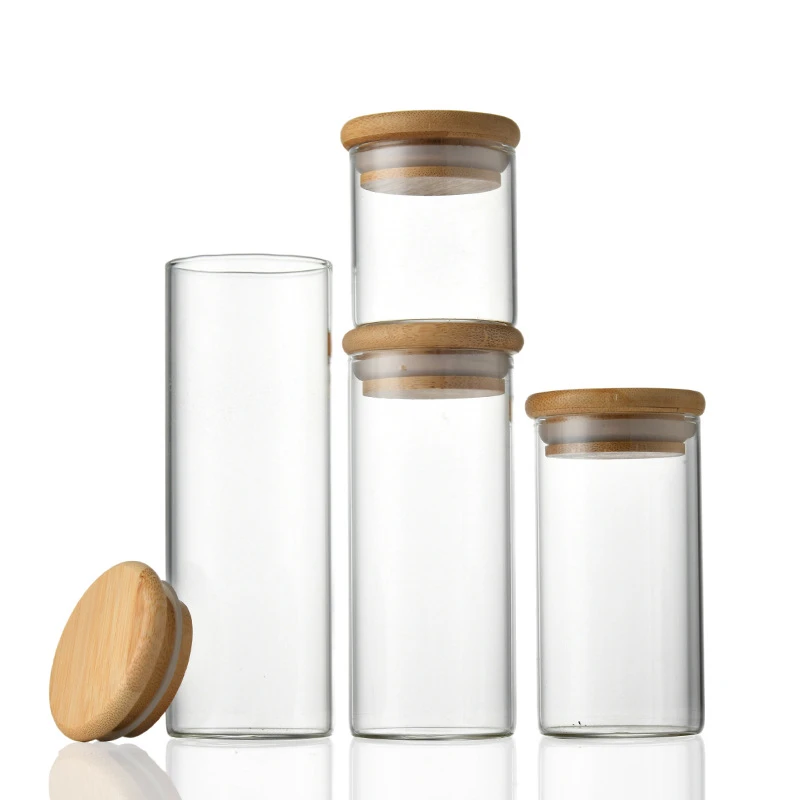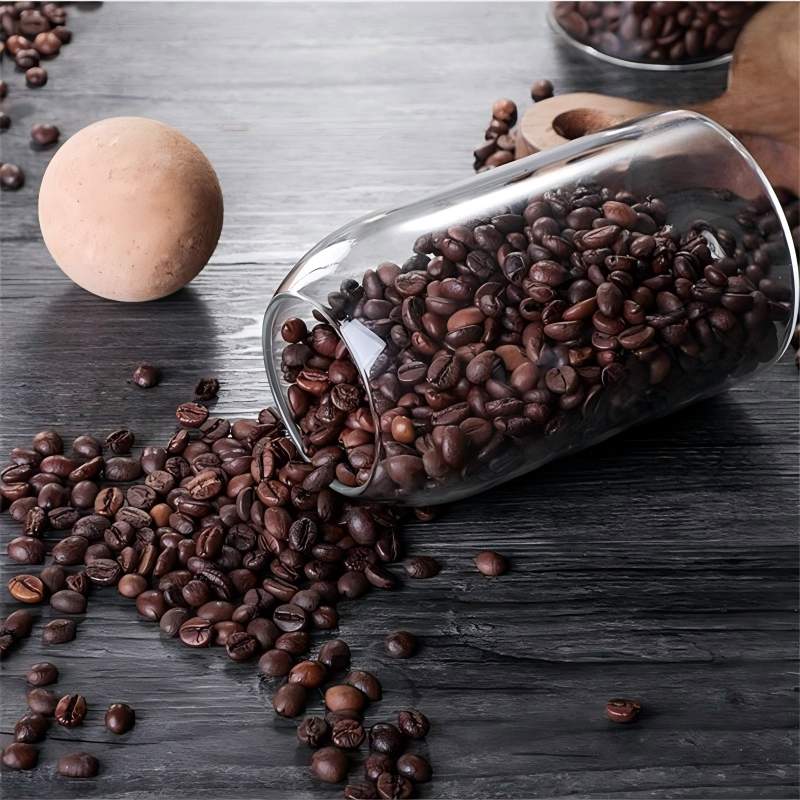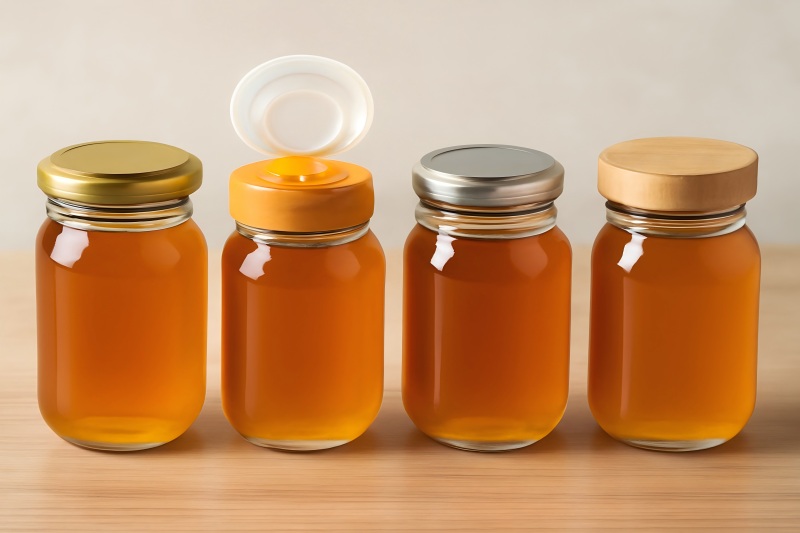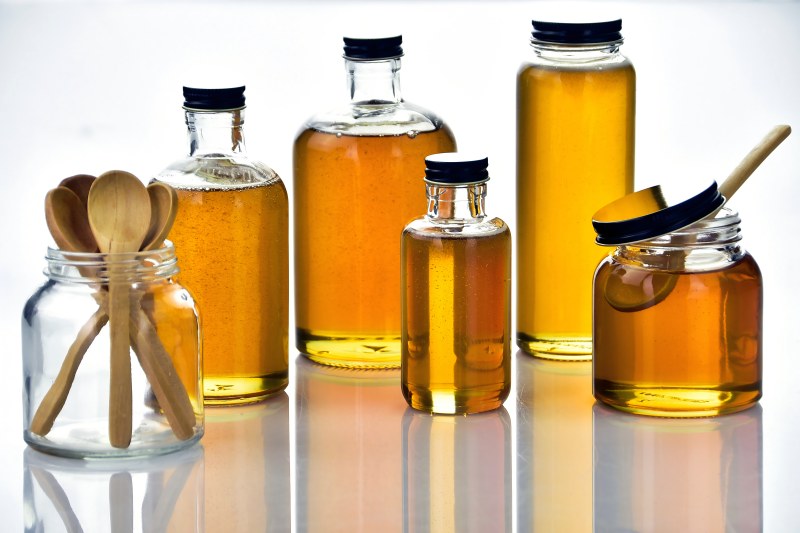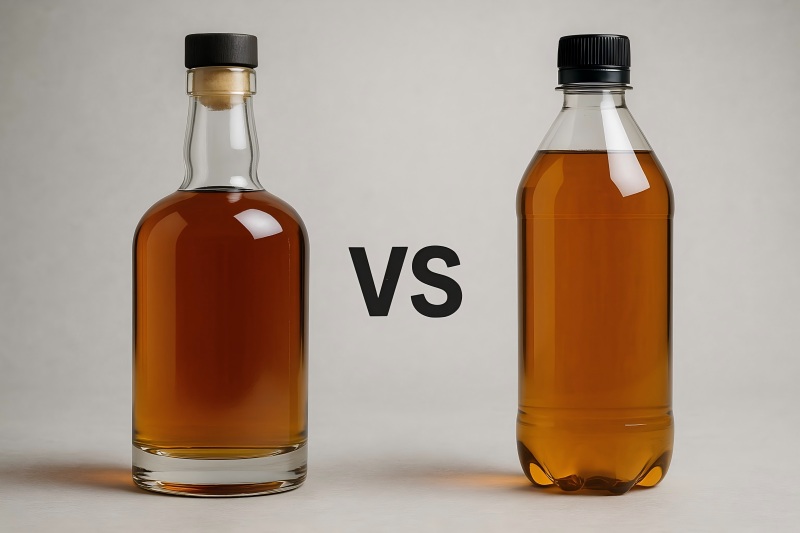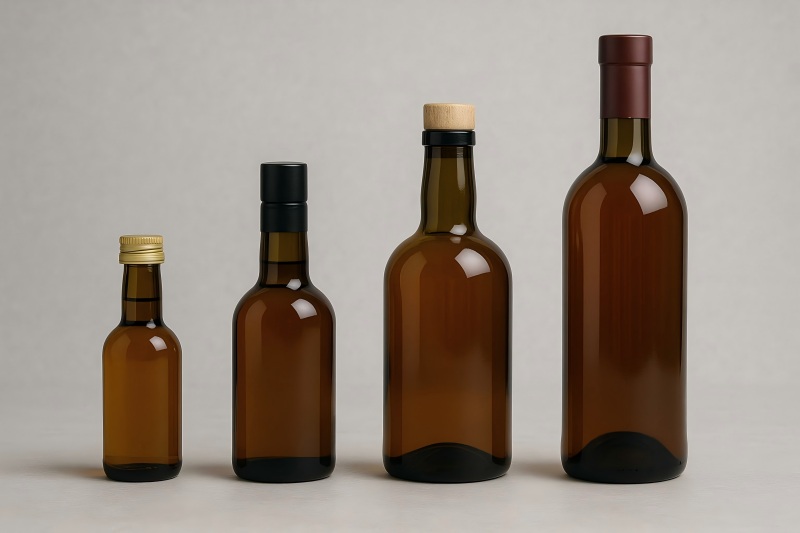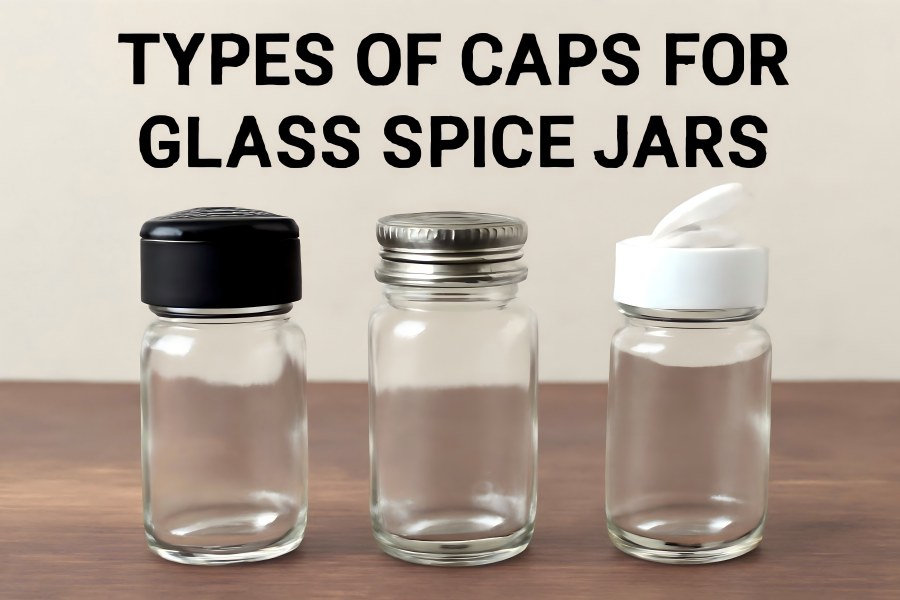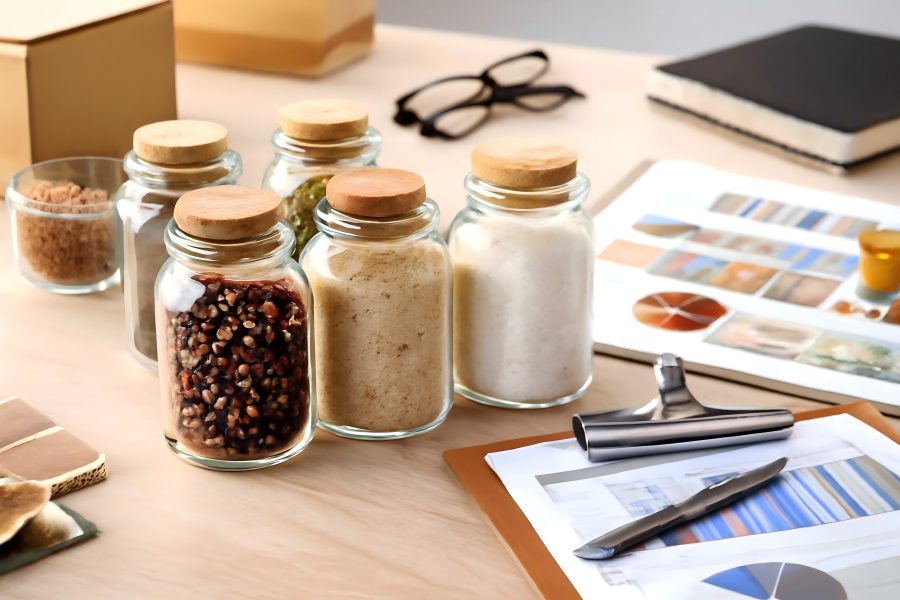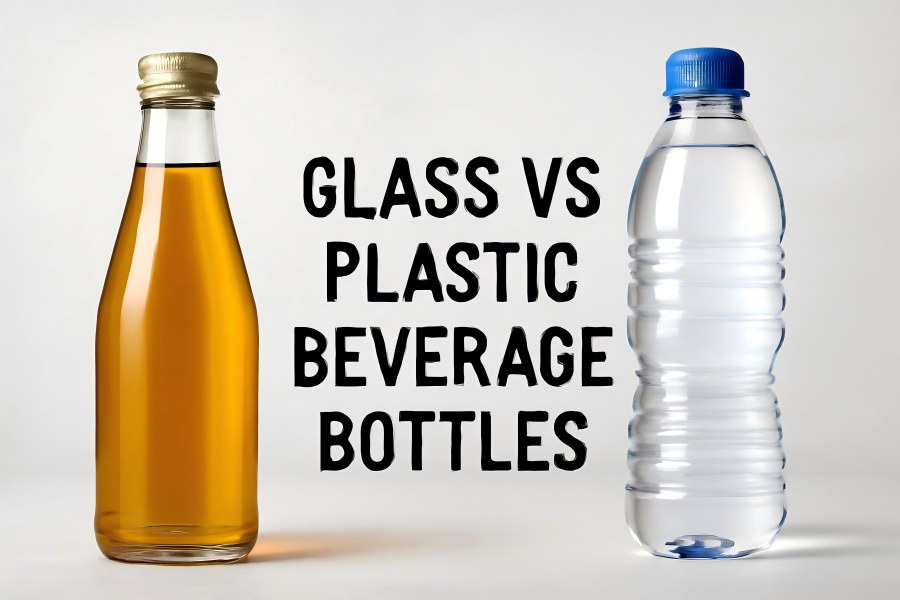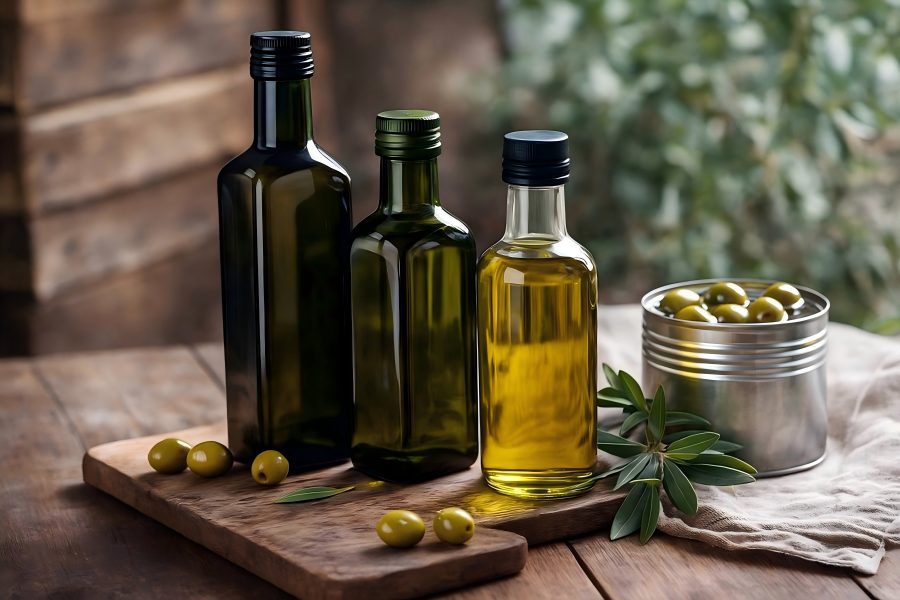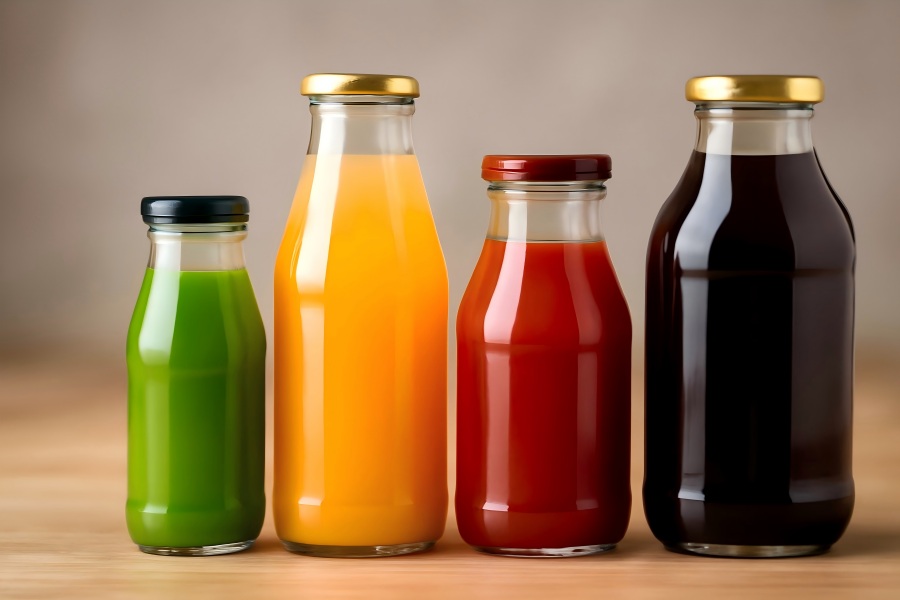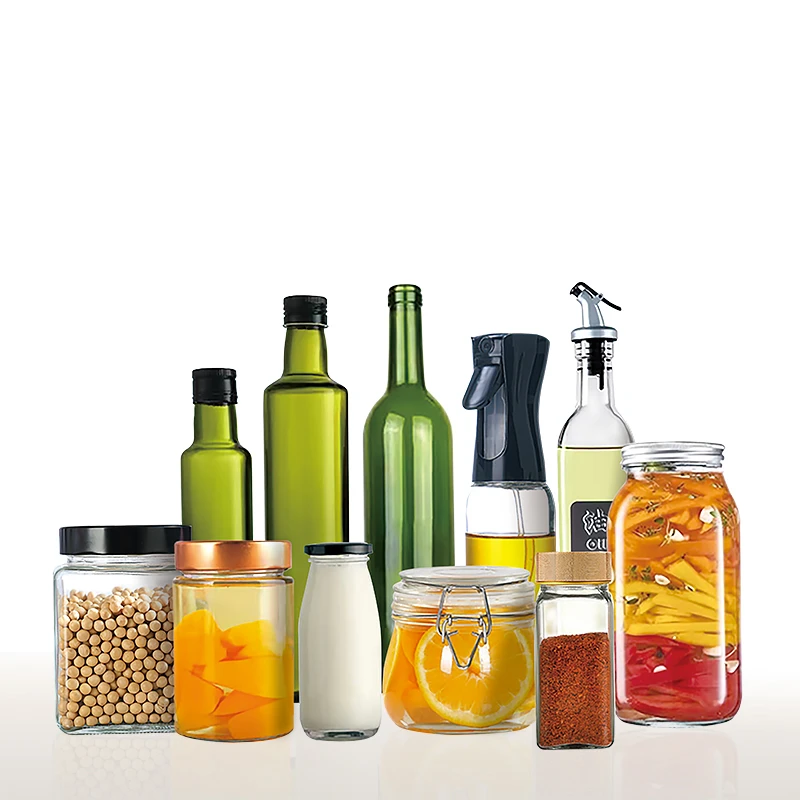High Borosilicate Glass Jar vs. Regular Glass Jar: A Complete Comparison
Glass jars are widely used in food, cosmetics, medicine, and labs for their clarity, hygiene, and reusability. The two most common types are high borosilicate and regular soda-lime glass. While regular glass is cheaper and more common, high borosilicate glass is stronger, more heat- and chemical-resistant.
As demand for durable, eco-friendly packaging grows, choosing the right type becomes essential. This guide compares both to help buyers make smart decisions.
Material Composition
High Borosilicate Glass
Silica (SiO₂) and boron trioxide (B₂O₃) are the main ingredients of high borosilicate glass, a kind of specialty glass. High borosilicate glass Jar has exceptional resistance to mechanical stress, corrosion, and temperature fluctuations due to its special composition. It is a preferred material in scientific laboratories, high-end kitchenware, and industrial applications.
Typical Composition of High Borosilicate Glass:
- ~80.5% Silica (SiO₂)
- ~13.0% Boron trioxide (B₂O₃)
- ~4.0% Sodium oxide (Na₂O)
- ~2.3% Aluminum oxide (Al₂O₃)
- Trace amounts of potassium and calcium oxides
This precise formulation lowers the thermal expansion coefficient, enhancing heat resistance and long-term stability.
Regular Glass
The most widely produced kind of glass is regular glass, sometimes known as soda-lime glass. It is cost-effective and highly adaptable to various shapes and sizes. However, it lacks the chemical and thermal resilience of borosilicate glass.
Typical Composition of Soda-Lime Glass:
- 70–75% Silica (SiO₂)
- 12–15% Soda (Na₂O)
- 10–15% Lime (CaO)
- Small amounts of Al₂O₃, MgO, K₂O
Its lower melting point allows for easy mass production, but the trade-off is in performance.
Comparative Table: Material Composition
| Component | High Borosilicate Glass | Regular (Soda-Lime) Glass |
| SiO₂ | ~80.5% | 70–75% |
| B₂O₃ | ~13.0% | 0% |
| Na₂O | ~4.0% | 12–15% |
| CaO | ~0.1% | 10–15% |
| Al₂O₃ | ~2.3% | 1–2% |
| Melting Point | 1650–1700°C | 1450–1500°C |
| Expansion Coefficient | ~3.3 × 10⁻⁶/K | ~9 × 10⁻⁶/K |
Thermal Shock Resistance
Why It Matters
The stress that results from an abrupt shift in temperature in a material is known as thermal shock. For glass, this can be disastrous—leading to cracks or total failure. This characteristic is particularly important for kitchenware, lab containers, and food processing jars, which may move between hot and cold environments rapidly.
Borosilicate Glass Performance
High borosilicate glass Jar boasts exceptional thermal shock resistance. Temperature fluctuations of up to 150–180°C won’t cause it to break. It is therefore appropriate for use in microwaves, ovens, and occasionally even over direct heat. It is also ideal for sterilization processes involving boiling water or autoclaving.
Regular Glass Performance
Soda-lime glass is more vulnerable to sudden temperature fluctuations. It can handle temperature differences up to about 40–50°C before structural integrity is compromised. Using soda-lime jars for hot-fill processes or transferring from freezer to microwave can result in breakage.
Table: Thermal Performance
| Metric | High Borosilicate Glass | Regular Glass |
| Max Temp Resistance | ~500°C | ~150°C |
| Thermal Shock Resistance | 150–180°C differential | 40–50°C |
| Microwave Safe | Yes | Partially |
| Oven Safe | Yes | No |
Mechanical Strength and Durability
Structural Strength
While all glass is breakable under enough force, high borosilicate glass jars are significantly tougher and more stable under thermal and mechanical stress. It resists scratches, minor drops, and pressure changes better than soda-lime glass jars.
Regular glass jars are more brittle, especially at thinner walls. It is more vulnerable to rim chipping and surface scratches.
Usage Lifespan
Borosilicate jars often last years or even decades in kitchens and labs due to their durability. Soda-lime jars may need replacement more frequently, especially in demanding conditions.
Visual Clarity Over Time
High borosilicate jars maintain their crystalline clarity despite repeated heating, chemical exposure, and dishwashing. Soda-lime glass jars can cloud or stain over time.
Table: Durability Comparison
| Metric | High Borosilicate Glass | Regular Glass |
| Scratch Resistance | Excellent | Moderate |
| Chipping Resistance | High | Low |
| Drop Tolerance | Moderate (not shatterproof) | Low |
| Lifespan | 5–10+ years | 1–3 years |
| Dishwasher Safe | Yes | Yes (careful) |
Chemical Resistance
Resistance to Acids and Bases
Chemical exposure can degrade some types of glass. High borosilicate glass resists both acidic and basic environments, making it the go-to choice in scientific laboratories, canning acidic foods like tomatoes or vinegar, or storing personal care products with active ingredients.
Regular soda-lime glass is more susceptible to etching and degradation when exposed to high-pH (alkaline) substances over time.
Food-Safe Qualities
Both materials are considered safe for food contact. However, high borosilicate glass has lower leaching tendencies, especially in contact with acidic or oily substances. This makes it preferable for high-acidity pickles, citrus-based contents, and fermented foods.
Table: Chemical Performance
| Property | High Borosilicate Glass | Regular Glass |
| Acid Resistance | Excellent | Good |
| Alkali Resistance | Excellent | Moderate |
| Food Reactivity | Very Low | Low |
| Leaching Risk | Minimal | Slight |
Transparency and Aesthetics
Optical Clarity
Both types of glass can achieve high levels of transparency. However, borosilicate glass retains its clarity over time, especially after repeated exposure to heat, chemicals, or repeated washes. Soda-lime glass may become cloudy or stained more easily.
Customization
Soda-lime glass is more flexible in shaping, coloring, and texturing due to its lower melting point and ease of molding. Borosilicate, due to higher melting temperatures, is more difficult to mold into complex shapes or vivid colors, though still possible with specialized tools.
Manufacturing Differences
Production Temperatures
Borosilicate glass melts at around 1650°C, requiring more advanced furnaces and longer processing times. Its manufacturing costs are consequently higher, and fewer facilities are capable of processing it.
Soda-lime glass melts at approximately 1500°C, allowing for faster production, easier shaping, and lower energy consumption—making it ideal for mass production and low-cost markets.
Environmental Considerations
Although borosilicate production requires more energy, its longer lifespan may offset its initial footprint. It is widely utilized in reusable systems and requires less replacement. Although soda-lime glass uses less energy per unit, it might need to be replaced more frequently.
Industrial and Commercial Applications
Food and Beverage Industry
- Borosilicate: Oven-safe food storage, fermenting jars, bakeware, hot-fill applications.
- Regular Glass: Jam jars, honey bottles, salad dressings, juices, dry goods.
Laboratory and Medical Use
- Borosilicate: Test tubes, vials, beakers, petri dishes, reagent bottles.
- Regular Glass: Not suitable due to poor chemical and thermal resistance.
Cosmetics and Personal Care
- Borosilicate: High-end skincare bottles, essential oil containers.
- Regular Glass: Lotions, perfumes, nail polish jars.
Household Use
- Borosilicate: Microwave-safe meal prep jars, storage containers.
- Regular Glass: Decorative jars, spice jars, short-term storage.
Recyclability and Environmental Impact
Recyclability
Both glass types are 100% recyclable. However, borosilicate must be separated from soda-lime glass in the recycling stream due to differing melting points. Contamination can disrupt soda-lime recycling batches.
Lifecycle Sustainability
- Borosilicate: Higher initial energy consumption but longer lifespan and lower replacement rate.
- Regular: Easier to recycle and mass-produce, but may break or degrade more quickly.
Cost and Availability
Pricing Factors
High borosilicate glass jars are 1.5 to 3 times more expensive than comparable soda-lime jars due to raw material costs, production complexity, and lower production volume.
Regular glass jars are inexpensive and widely available, making them the default for budget-conscious consumers and large-scale packaging operations.
Value for Money
Although the upfront cost of borosilicate is higher, its longevity, performance, and safety make it more economical in long-term applications like reusable kitchenware or lab containers.
Pros and Cons Overview
| Feature | High Borosilicate Glass Jars | Regular Glass Jars |
| Pros | Heat and chemical resistant, durable, reusable | Cheap, versatile, widely available |
| Cons | Expensive, harder to recycle | Prone to breakage, poor thermal shock resistance |
| Use Case Fit | Premium and functional applications | Low-cost, single-use, or decorative uses |
Buyer’s Decision Guide
| Application Scenario | Recommended Jar Type | Reason |
| Microwave or Oven Use | High Borosilicate | Withstands high temperature without cracking |
| Acidic Food Storage (e.g., Pickles) | High Borosilicate | High chemical resistance |
| Decorative Gift Packaging | Regular Glass | Cost-effective and moldable |
| Essential Oil Storage | High Borosilicate | No leaching; preserves volatile compounds |
| Disposable Jam or Jelly Jar | Regular Glass | Inexpensive and recyclable |
| Long-Term Pantry Container | High Borosilicate | Stronger, long-lasting |

